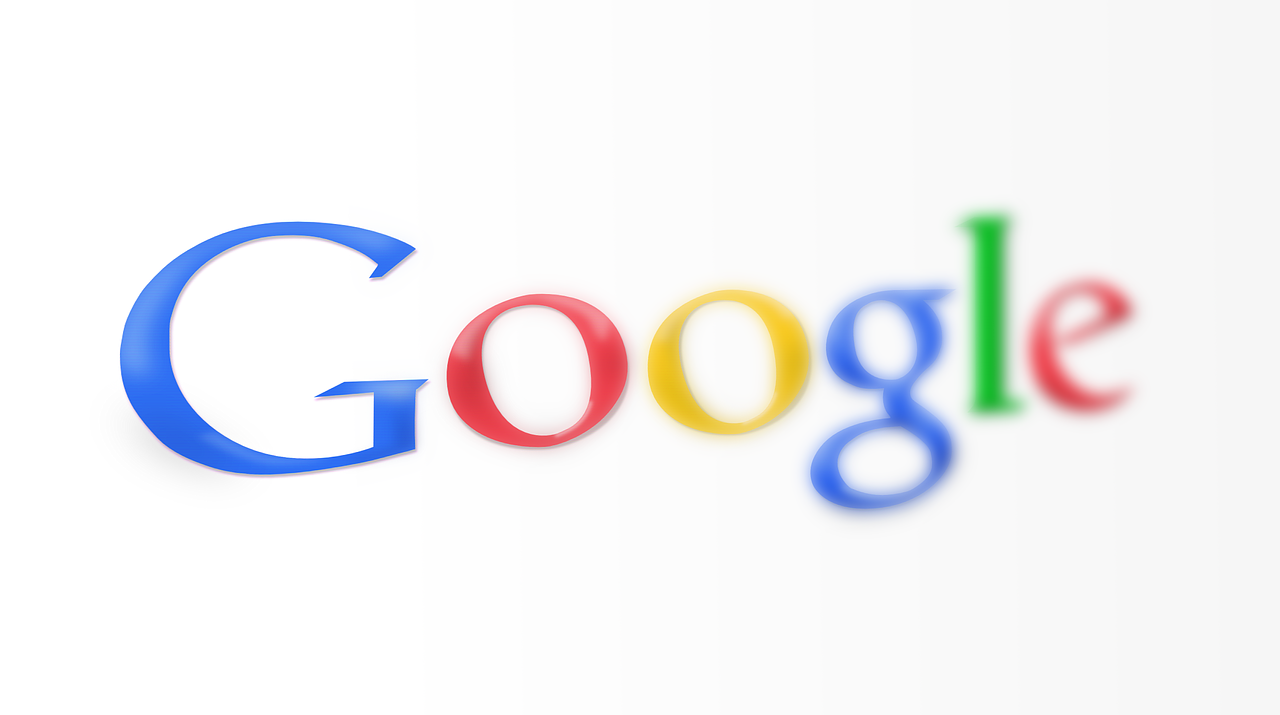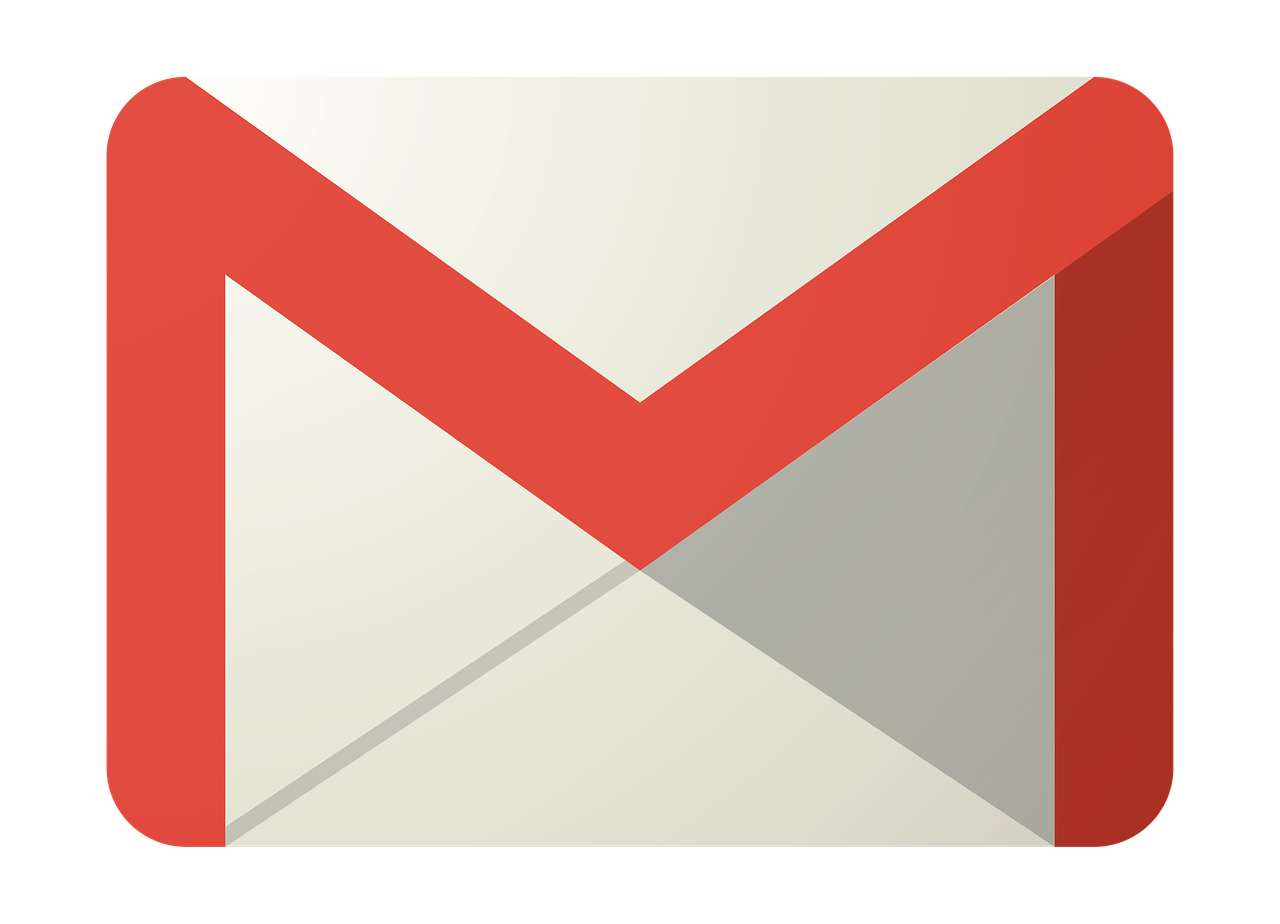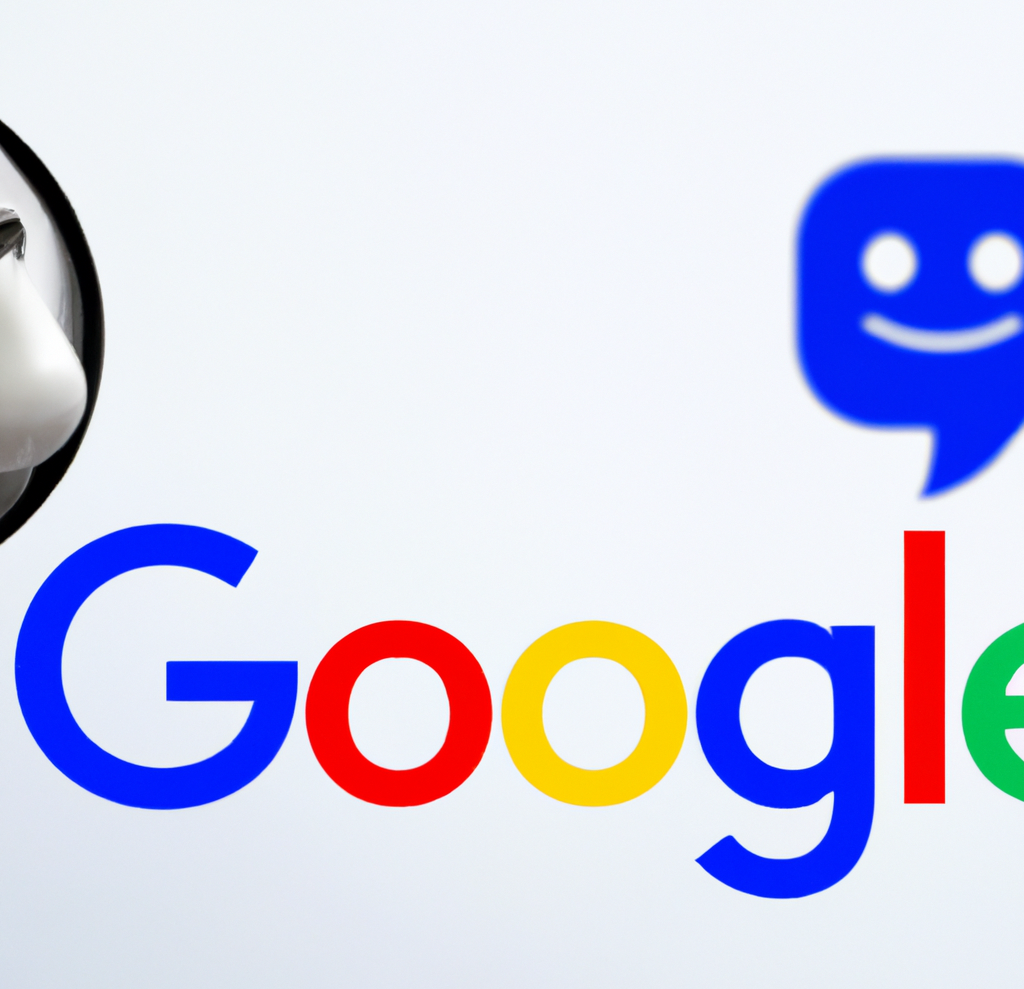Master Your Bid Strategies In Google Search Ads 360

Many advertisers are moving to Google Search Ads 360 (SA 360) to more effectively automate and manage their paid advertising. SA 360 has a slew of features that either aren’t available in standard Google Ads accounts or are more sophisticated. One of the features that make SA 360 so powerful is its bid strategies.
Similar to Google Ads, SA 360 bid strategies automate bids based on a specific goal. These goals include:
- Conversions
- Revenue
- Clicks
- Impression Share
SA 360 bid strategies optimize based on user signals, both transparent and invisible. For example, a bid strategy will change bids based on users’ locations (transparent) and what browser they are using (invisible). Just like any bidding strategy, the more data the algorithm has the better. SA 360 also makes use of auction-time bidding, a Smart Bidding feature that further analyzes contextual signals to set bids.
There are 2 main differences that make SA 360 bid strategies stand out.
- Bid strategies can be used across SA 360 supported search engine accounts.
- The bid strategies can utilize Floodlight conversion tracking.
Using the same bid strategies across multiple engines is paramount. For example, if your target return on ad spend (ROAS) for a category of products is 5X, you can include the relevant campaigns in your bid strategy portfolio across Google, Microsoft, and Baidu. Though these engines are separate entities, the goal remains the same across the platforms.
Floodlight conversion tracking is a supersized version of standard conversion tracking. With floodlights, you can report at a more granular level by tracking additional information. For example, you may track users who reach the shopping cart with specific high-value products. You can then create bid strategies based on this event. Subsequently, you can create custom formulas based on these floodlights to guide the bid strategies.
SA 360 provides a variety of metrics to assess the performance of your bid strategies. There are over 50 metrics, or columns, that you can review. As with all KPIs, certain metrics hold more weight than others when determining if a bid strategy change is necessary. Here are the top metrics that you should consider.
Bid Strategy Total (ROAS, CPA, or ERS)
This metric compares how your target metric (ROAS, CPA, or ERS) is performing against your current target. For example, if your SA 360 ROAS target is 800% and your bid strategy ROAS total is 600%, you are 25% under the target. Make sure that when you are reviewing this figure, the data is from the last target change. If you made a target change 3 weeks ago but are only looking at the last week’s worth of data, then the comparison will not provide an accurate indication of how effective the bid strategy is.
Keep in mind that the bid strategy total is Google’s view of how the bid strategy is performing against the target. You should also compare how the SA 360 target is working against your internal goal. Though your SA 360 ROAS target may be set at 800%, the actual goal could be different. If the actual goal is 900% and your ROAS is 600%, then you are 33.33% under the target. Your SA 360 target will often change. If your ROAS is too efficient, you may decide to lower the target. Or, if it is under efficient, increasing the target is a good idea.
Bid Strategy Conversion Delay
Most bid strategies have conversion delays. Google defines the delay as after today, how many days need to pass before the system expects that 80% of the bid strategy conversions and/or revenue will arrive. A delay of 5 days means that at least 80% of conversions and/or revenue will come 5 days after today. Here’s an example of a delay and the expected revenue.
Google recommends that you wait for at least 2 conversion cycles to complete before making a target change. In the example above, you should wait at least 16 days before considering a target change. You can make a change sooner, but the data will be incomplete. As with any test, you want to ensure that it has enough time to run and provide accurate results.
Bid Strategy Percentage of Optimal Cost
This metric calculates a bid strategy’s actual cost compared to its optimal cost. The optimal cost for revenue is calculated as:
The amount of revenue / target ROAS (ie: $10,000 / 200% = $5,000 optimal cost)
For conversions, the formula is:
The target CPA x the number of conversions (ie: $50 x 2,000 = $100,000 optimal cost)
Once you have this figure you are able to calculate the bid strategy percentage of the optimal cost. The formula is:
Actual cost / optimal cost
If your actual cost over a 2 week time period is $2,000 and your optimal cost is $1,500, the bid strategy percentage of optimal cost is 133%. The closer this figure is to 100% the better as it shows the actual cost to be on target with the bid strategy. As shown in our example, anything over 100% means that the bid strategy is under-performing. A figure below 100% tells us that the bid strategy is over-performing.
Bid Strategy Health
Similar to the “Recommendations” tab in Google Ads, the bid strategy health column gives you insight into optimizations that can be made to improve the bid strategy.
The recommendations boil down to the traffic being left on the table due to the limitations of the bid strategies. If you employ a max CPC bid, it may be too low that you are missing out on traffic. You might also have a minimum ROAS that is too high and cutting off potential sales. If you can, allow the bid strategies to work with none or very few restraints.
Final Thoughts
The bid strategies are the core value of Search Ads 360. Choosing the right keywords, structuring your campaigns effectively, writing converting ad copy, and ensuring the correct settings will always be paramount, but the bid strategies drive the bus. By far, your bid strategies will have the greatest impact on the volume and quality of traffic that you receive. Ensure that you are always reviewing your data to create and update these bid strategies for better performance.
AI
Exploring the Evolution of Language Translation: A Comparative Analysis of AI Chatbots and Google Translate

According to an article on PCMag, while Google Translate makes translating sentences into over 100 languages easy, regular users acknowledge that there’s still room for improvement.
In theory, large language models (LLMs) such as ChatGPT are expected to bring about a new era in language translation. These models consume vast amounts of text-based training data and real-time feedback from users worldwide, enabling them to quickly learn to generate coherent, human-like sentences in a wide range of languages.
However, despite the anticipation that ChatGPT would revolutionize translation, previous experiences have shown that such expectations are often inaccurate, posing challenges for translation accuracy. To put these claims to the test, PCMag conducted a blind test, asking fluent speakers of eight non-English languages to evaluate the translation results from various AI services.
The test compared ChatGPT (both the free and paid versions) to Google Translate, as well as to other competing chatbots such as Microsoft Copilot and Google Gemini. The evaluation involved comparing the translation quality for two test paragraphs across different languages, including Polish, French, Korean, Spanish, Arabic, Tagalog, and Amharic.
In the first test conducted in June 2023, participants consistently favored AI chatbots over Google Translate. ChatGPT, Google Bard (now Gemini), and Microsoft Bing outperformed Google Translate, with ChatGPT receiving the highest praise. ChatGPT demonstrated superior performance in converting colloquialisms, while Google Translate often provided literal translations that lacked cultural nuance.
For instance, ChatGPT accurately translated colloquial expressions like “blow off steam,” whereas Google Translate produced more literal translations that failed to resonate across cultures. Participants appreciated ChatGPT’s ability to maintain consistent levels of formality and its consideration of gender options in translations.
The success of AI chatbots like ChatGPT can be attributed to reinforcement learning with human feedback (RLHF), which allows these models to learn from human preferences and produce culturally appropriate translations, particularly for non-native speakers. However, it’s essential to note that while AI chatbots outperformed Google Translate, they still had limitations and occasional inaccuracies.
In a subsequent test, PCMag evaluated different versions of ChatGPT, including the free and paid versions, as well as language-specific AI agents from OpenAI’s GPTStore. The paid version of ChatGPT, known as ChatGPT Plus, consistently delivered the best translations across various languages. However, Google Translate also showed improvement, performing surprisingly well compared to previous tests.
Overall, while ChatGPT Plus emerged as the preferred choice for translation, Google Translate demonstrated notable improvement, challenging the notion that AI chatbots are always superior to traditional translation tools.
Source: https://www.pcmag.com/articles/google-translate-vs-chatgpt-which-is-the-best-language-translator
Google Implements Stricter Guidelines for Mass Email Senders to Gmail Users

Beginning in April, Gmail senders bombarding users with unwanted mass emails will encounter a surge in message rejections unless they comply with the freshly minted Gmail email sender protocols, Google cautions.
Fresh Guidelines for Dispatching Mass Emails to Gmail Inboxes In an elucidative piece featured on Forbes, it was highlighted that novel regulations are being ushered in to shield Gmail users from the deluge of unsolicited mass emails. Initially, there were reports surfacing about certain marketers receiving error notifications pertaining to messages dispatched to Gmail accounts. Nonetheless, a Google representative clarified that these specific errors, denoted as 550-5.7.56, weren’t novel but rather stemmed from existing authentication prerequisites.
Moreover, Google has verified that commencing from April, they will initiate “the rejection of a portion of non-compliant email traffic, progressively escalating the rejection rate over time.” Google elaborates that, for instance, if 75% of the traffic adheres to the new email sender authentication criteria, then a portion of the remaining non-conforming 25% will face rejection. The exact proportion remains undisclosed. Google does assert that the implementation of the new regulations will be executed in a “step-by-step fashion.”
This cautious and methodical strategy seems to have already kicked off, with transient errors affecting a “fraction of their non-compliant email traffic” coming into play this month. Additionally, Google stipulates that bulk senders will be granted until June 1 to integrate “one-click unsubscribe” in all commercial or promotional correspondence.
Exclusively Personal Gmail Accounts Subject to Rejection These alterations exclusively affect bulk emails dispatched to personal Gmail accounts. Entities sending out mass emails, specifically those transmitting a minimum of 5,000 messages daily to Gmail accounts, will be mandated to authenticate outgoing emails and “refrain from dispatching unsolicited emails.” The 5,000 message threshold is tabulated based on emails transmitted from the same principal domain, irrespective of the employment of subdomains. Once the threshold is met, the domain is categorized as a permanent bulk sender.
These guidelines do not extend to communications directed at Google Workspace accounts, although all senders, including those utilizing Google Workspace, are required to adhere to the updated criteria.
Augmented Security and Enhanced Oversight for Gmail Users A Google spokesperson emphasized that these requisites are being rolled out to “fortify sender-side security and augment user control over inbox contents even further.” For the recipient, this translates to heightened trust in the authenticity of the email sender, thus mitigating the risk of falling prey to phishing attempts, a tactic frequently exploited by malevolent entities capitalizing on authentication vulnerabilities. “If anything,” the spokesperson concludes, “meeting these stipulations should facilitate senders in reaching their intended recipients more efficiently, with reduced risks of spoofing and hijacking by malicious actors.”
Google’s Next-Gen AI Chatbot, Gemini, Faces Delays: What to Expect When It Finally Launches

In an unexpected turn of events, Google has chosen to postpone the much-anticipated debut of its revolutionary generative AI model, Gemini. Initially poised to make waves this week, the unveiling has now been rescheduled for early next year, specifically in January.
Gemini is set to redefine the landscape of conversational AI, representing Google’s most potent endeavor in this domain to date. Positioned as a multimodal AI chatbot, Gemini boasts the capability to process diverse data types. This includes a unique proficiency in comprehending and generating text, images, and various content formats, even going so far as to create an entire website based on a combination of sketches and written descriptions.
Originally, Google had planned an elaborate series of launch events spanning California, New York, and Washington. Regrettably, these events have been canceled due to concerns about Gemini’s responsiveness to non-English prompts. According to anonymous sources cited by The Information, Google’s Chief Executive, Sundar Pichai, personally decided to postpone the launch, acknowledging the importance of global support as a key feature of Gemini’s capabilities.
Gemini is expected to surpass the renowned ChatGPT, powered by OpenAI’s GPT-4 model, and preliminary private tests have shown promising results. Fueled by significantly enhanced computing power, Gemini has outperformed GPT-4, particularly in FLOPS (Floating Point Operations Per Second), owing to its access to a multitude of high-end AI accelerators through the Google Cloud platform.
SemiAnalysis, a research firm affiliated with Substack Inc., expressed in an August blog post that Gemini appears poised to “blow OpenAI’s model out of the water.” The extensive compute power at Google’s disposal has evidently contributed to Gemini’s superior performance.
Google’s Vice President and Manager of Bard and Google Assistant, Sissie Hsiao, offered insights into Gemini’s capabilities, citing examples like generating novel images in response to specific requests, such as illustrating the steps to ice a three-layer cake.
While Google’s current generative AI offering, Bard, has showcased noteworthy accomplishments, it has struggled to achieve the same level of consumer awareness as ChatGPT. Gemini, with its unparalleled capabilities, is expected to be a game-changer, demonstrating impressive multimodal functionalities never seen before.
During the initial announcement at Google’s I/O developer conference in May, the company emphasized Gemini’s multimodal prowess and its developer-friendly nature. An application programming interface (API) is under development, allowing developers to seamlessly integrate Gemini into third-party applications.
As the world awaits the delayed unveiling of Gemini, the stakes are high, with Google aiming to revolutionize the AI landscape and solidify its position as a leader in generative artificial intelligence. The postponed launch only adds to the anticipation surrounding Gemini’s eventual debut in the coming year.
-
SEARCHENGINES7 days ago
Daily Search Forum Recap: April 29, 2024
-
SEARCHENGINES6 days ago
Daily Search Forum Recap: April 30, 2024
-

 MARKETING6 days ago
MARKETING6 days agoHow To Develop a Great Creative Brief and Get On-Target Content
-

 SEO7 days ago
SEO7 days agoGoogle’s John Mueller On Website Recovery After Core Updates
-

 WORDPRESS6 days ago
WORDPRESS6 days ago13 Best Fun WordPress Plugins You’re Missing Out On
-

 SEO5 days ago
SEO5 days agoWhy Big Companies Make Bad Content
-

 SEO5 days ago
SEO5 days agoHow To Drive Pipeline With A Silo-Free Strategy
-

 SEO6 days ago
SEO6 days agoOpenAI To Show Content & Links In Response To Queries







